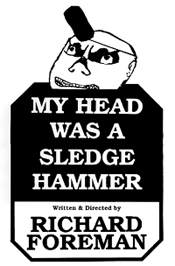In the spirit of assigning numbers to ideas, I introduce Intermediation 2.0– a new era of data wholesalers and value-added retailers.
Retail distribution’s primary value in physical space is coverage of relevant geography, it’s about location. The Network annihilated distance and a wave of disintermediation followed.
Mahalo, Summize, Friend Feed, Mint, Techmeme, Twhirl, Newsgang and even Google Friend Connect take wholesale data feeds and add value through a transformation of the raw data, the addition of tools, and sometimes curation.
The first generation was Amazon, Travel aggregators, and the news/RSS readers. What makes Intermediation 2.0 possible is the emergence and recognition of new valuable wholesale data feeds. Twitter as a wholesale full-stream event based XMPP feed establishes a new economy around making that stream more valuable to the user.
The question hanging over this new economy is the threat that another round of disintermediation will follow. Developers have bitter memories of platform vendors incorporating their software products into the platform without compensation.
This is where the new Rhizomatic Economy emerges. If 75% of Twitter exists through API usage, the growth and extension of the Twitter stream depends on retailing partners. Twitter improves and grows by providing better API functionality to its partners. Twitter benefits through better distribution and fosters faster innovation.
The days of the totalizing whole, the drive to monopoly and hegemony, of being locked in the trunk, are coming to an end.
Comments closed